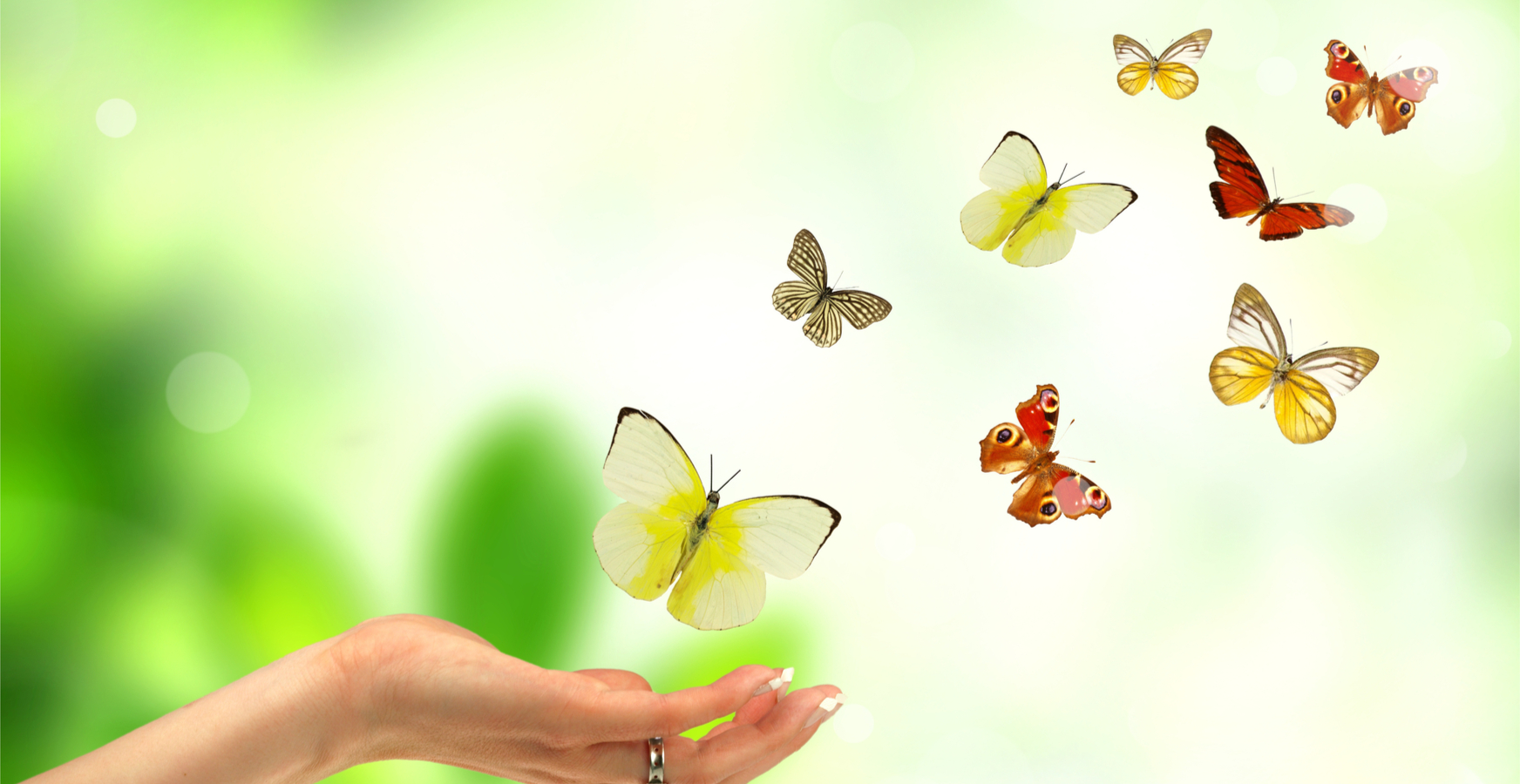I found experiencing a life changing injury hard! It was too easy to constantly reflect back on my life before the injury and to be sad about the things that I could no longer do. All the little things like being able to kneel down to wrap up a birthday present on the floor, or being able to carry the shopping home from local shops, and the bigger things like being able to walk or sit comfortably that I could no longer do. I found it incredibly difficult, at least to start with, not to focus on what I had lost, but instead to focus on what I had, and what I might have gained.
The process of ‘accepting’ a persistent pain condition I think is a long one, and one that I suspect is never fully finished. I think it follows the same type of process as when grieving for a lost loved one. After all, that is basically what you are doing isn’t it, grieving for the person that you were that has been lost. I think understanding that you are likely to go through this ‘grieving’ or ‘acceptance’ process is helpful. Just like grieving for a loved one you will come through it and you will be able to live a good and purposeful life going forward. That life will be different, maybe in some ways better than it was before, and maybe in some ways more difficult, but it can still be a good life!
As I reflect back on my life before my injury, and my life now, I can honestly say that my life now is better in many ways than before. I have a much better understanding of work-life balance, a much better understanding of what is important in life, and overall a much better enjoyment of life! I have learnt so much from my experiences, and met so many interesting people. Although I would like to get rid of the physical pain I live with, I certainly wouldn’t like to turn the clock back and go back to the ‘old me’ and my ‘old life’. It took me a while to stop looking back and instead to look forward and to embrace my new life. The process of accepting and embracing your new life can be difficult, and can take some time, but you really can live a good and happy life with pain. Maybe a life that was even better than before!
Read and explore

The Hungry Tiger
Imagine you wake up one morning and just outside your front door you find an adorable tiger kitten meowing. Of course, you bring the cuddly little guy inside to keep as a pet. After playing with him for a while, you notice he is still meowing, nonstop, and you realize that he must be hungry. You feed him a bit of meat knowing that’s what tigers like to eat. You do this every day, and every day your tiger grows a little bigger. Over the course of two years your tiger’s daily meals change from scraps to prime rib, then to entire sides of beef. Soon your little pet no longer meows when hungry. Instead, he growls ferociously whenever he thinks it’s mealtime. Your cute pet has turned into an uncontrollable, savage beast that will tear you apart if he doesn’t get what he wants.
Your struggle with pain can be compared to this imaginary pet tiger. Every time you empower your pain by feeding it the red meat of avoidance, you help your pain-tiger grow a little bit larger and a little bit stronger. Feeding it in this manner seems like the sensible thing to do. The pain-tiger growls ferociously telling you to feed it whenever it wants or it will eat you. Yet, every time you feed it, you help the pain to become stronger, more intimidating, and more controlling of your life.
(Hayes, 2005)
The solution: Make efforts to ignore or tame‘the tiger’ by making every effort to live your life as best and as fully as you can (despite pain).

I carry my pain in a private box by Kat Gloor
Click on the pictures to learn more about each strand
More Information

























